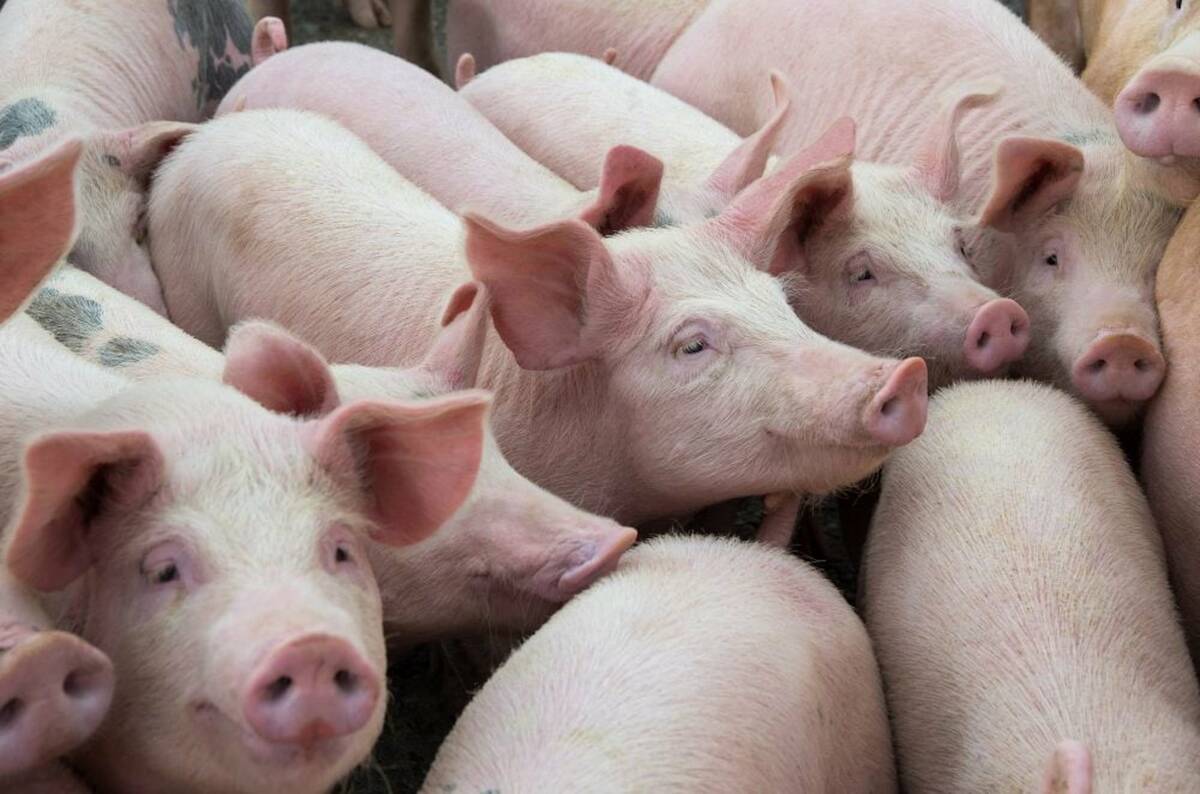Wall Street bank Morgan Stanley lowered on Tuesday its price forecasts for corn, soybeans and wheat, citing better-than-expected global supply and negative market sentiment regarding agricultural commodities.
"Counter to our expectations in late September, agricultural prices have weakened meaningfully owing to a string of bearish U.S. data, expectations of better (2011-12) global production and the overhang of EU debt concerns," the bank said in a note to clients.
Morgan Stanley now expects 2011-12 corn prices at $6.60 a bushel, from $7.25 earlier, and 2012-13 corn prices at $5.75 a bushel down from $6 (all figures US$).
Read Also

U.S. livestock: Hogs rise ahead of ‘Hogs and Pigs’ report
Chicago cattle futures continued to inch upward on Monday. Hogs also rose in anticipation of Tuesday’s Hogs and Pigs report….
"Agricultural commodities have broadly fallen out of favour since September," the bank said, citing the U.S. Commodity Futures Trading Commission (CFTC), which showed corn’s net speculative length, as of Friday, stood at its lowest since July 2010.
The bank also lowered its 2011-12 soybean prices to $12.75 a bushel, from $14.25 a bushel and to $12.70 a bushel for 2012-13, down from $13.50.
Wheat and soybeans had fared worse, according to the CFTC report last week, showing the most bearish speculative position in wheat since 2005 and soybeans since mid-2010, the bank said.
It cut its 2011-12 wheat price forecast to $6.70 a bushel from $7.50 earlier and its 2012-13 forecast to $6.30 a bushel from $7.
However, Morgan Stanley said it remained bullish relative to the market with their 2011-12 price forecasts stating that the U.S. Department of Agriculture’s January WASDE and quarterly Grains Stocks reports could refocus market attention on near-term U.S. tightness and support prices.
"To be clear, we remain bullish relative to the market, with our new 11-12 price forecasts still suggesting 12 per cent, 15 per cent and eight per cent upside to the corn, soybean and wheat forward curves, respectively," the bank said.














